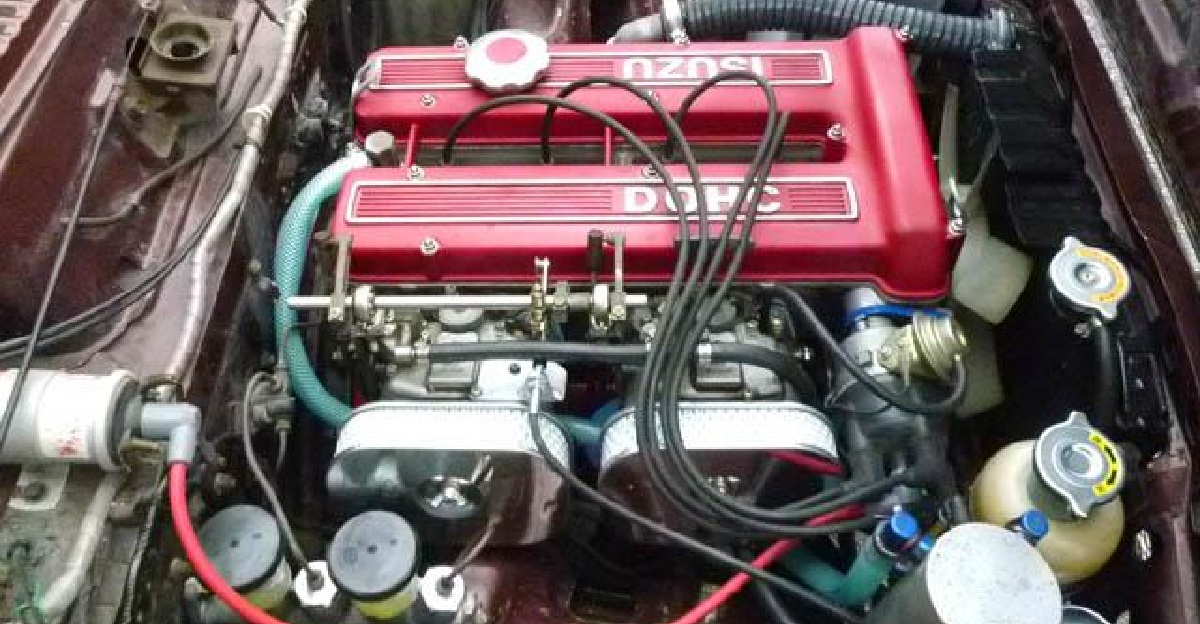Hi Coley,
This is probably 4 months too late, but I just noticed your post using the "unanswered" tool.
I was going to mention a programmable electronic ignition kit from SiliconChip & Jaycar that features vacuum and mechanical advance, and even has knock sensing. But before I get to that, .....
I wonder why your mech advance is limiting the advance?. They are pretty simple and normally only suffer from two problems – broken springs or seized flyweights. (My 1960s Isuzu mech advance units suffer from further problems – like oversized flyweight pivot holes (due to wear), springs wearing a groove all the way through the tang where they attach to the springs; sloppy cam and sloppy shafts. But hopefully your dizzy isn't that worn!)
In your case I'd suspect partial seizure. If it's the flyweights, it should be easy to remove, clean and re-grease.
But it could also be the distributor's cam that is seizing. This can also be removed, cleaned and re-greased. (Remove screw that attaches the cam section to the dizzy's shaft. It might be worthwhile marking the cam orientation with respect to the dizzy's shaft since it can be re-fitted 180 degrees "out", but this should not be a problem on the DOHC since the dizzy timing can be changed through its toothed drive – old Isuzus have an offset key instead of a gear so you cannot change its "position" wrt the engine; if the cam is 180 degrees out, then you need to rotate the dizzy leads by 180 deg.)
Alternatively one or both springs have broken. Usually this means going to full advance (the engine usually starts okay, but when revved, the engine pings until you get up to about 3,000 RPM or more), but sometimes the broken spring bits can jam the mechanism thereby limiting the advance. Whilst the springs should be "the proper ones", I have replaced springs with "similar" springs from other dizzies. (Usually one spring is heavier than the other and may be match to its particular flyweight.) But usually it's okay since most things are worn and out-of-spec. And if it's a new modified engine, then the original timing characteristics probably aren't optimum anyhow. (Besides, what fuel and octane rating were the original specs for, etc?)
FYI – as posted on
http://workshopmanual.org/twincam/viewt ... highlight=, a mate in QLD fitted a Honda dizzy to a DOHC. I still don't know which Honda, but he merely shortened the shafts & body, and redrilled a hole to fit the DOHC dizzy driving gear. (It was a 2L DOHC in a GT Bellett which was later bought by Dave in Adelaide.)
And finally, if all else fails, there is a circuit for a electronic programmable ignition that can be used as a simple add-on to existing ignitions, or to modify or replace mechanical and/or vacuum advance. It also has an optional knock sensor.
It's described in SiliconChip March-May 2007 with the knock sensor being described in June 2007.
Jaycar list the kit (KC5442) for $89.95 plus the ignition coil driver (KC5443) for $44.50. The knock sensor kit (KC5444) is $16.95. They don't mention that for programming you also need a (modified) Hand Controller which is about $69 (I think). It doesn't include the knock sensor itself (maybe up to $20 from wreckers?), and I'm unsure if the vacuum sensor is included.
This kit still requires the distributor to distribute the spark, but it doesn't need the mech & vac advance.
It will trigger from virtually any sensor (points, hall effect, reluctor, optical).
I'd recommend an optical setup if you want to convert your points, but it depends on what's available at the right price.
Unfortunately the kit won't do away with the dizzy, and unfortunately the programmed code is not available (it's pre-programmed into the kit, or available pre-programmed into a separate "PIC" chip for about $25 from SiliconChip.
I'd like to modify the unit to fire twin coils (for 4-cyl engines) and trigger off some other sensor (I'd use the engine's flywheel), but since the code is not available, it'd be too hard. (Though two kits could be used instead.) Then there is no need for a distributor, rotor buttons, dizzy caps etc.
Cheers,
Peter.
IZU069 - Isuzu means a lot to me.



